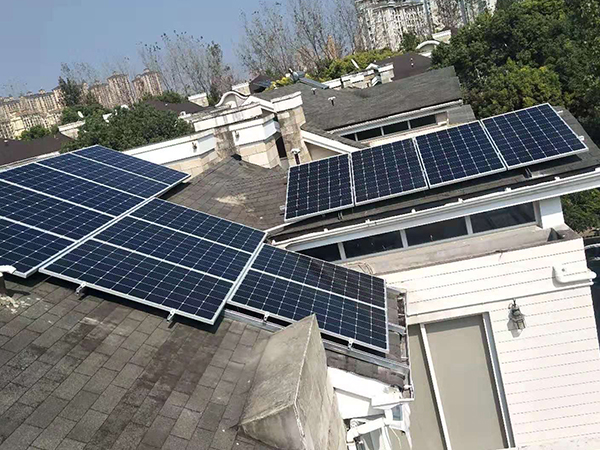With the increasing importance of renewable energy, solar power generation has become a clean energy solution that has attracted widespread attention. Solar mounting systems play a vital role when building a solar power plant or installing a solar system. This article explores the importance of solar mounting systems and the key role they play in the energy transition.
A solar mounting system is a support structure designed to securely mount solar panels in the correct location to maximize energy collection efficiency. They can be applied in a variety of locations, including rooftops, floors and ancillary facilities. The key function of a solar mounting system is to ensure that the solar panels receive sunlight at the optimal angle and direction. By optimizing the position of the panels, solar racking systems help increase the energy-generating capabilities of the system.
In solar mounting systems, we usually see two main types: fixed and adjustable. Fixed mounting systems are an affordable option that hold solar panels at a fixed angle via a support structure. This kind of system is suitable for areas with stable climate and little change in solar radiation angle. And the adjustable stand system is prized for its ability to automatically track the sun’s position. This system automatically adjusts the angle of the panels according to changes in the sun’s position to ensure maximum utilization of available solar energy.
In addition to the angle adjustment function, the solar mounting system also needs to have strong durability and stability. Because they face various climatic conditions and meteorological events such as strong winds, rainfall and extreme temperatures. Therefore, material selection is very critical. Aluminum and stainless steel are commonly used solar mounting materials. They have the advantages of corrosion resistance, light weight and sustainability, which can maintain stable operation and reduce maintenance costs over the long term.
Solar mounting systems play a key role in the energy transition. First, they provide a solid foundation for solar panels, ensuring they can operate efficiently and maximize energy production. Secondly, the adjustability of the solar mounting system allows the solar system to better adapt to different geographical locations and sunlight conditions. In this way, we can harness solar energy in a variety of environments, thereby reducing our reliance on traditional fossil fuels, lowering carbon emissions and reducing our impact on the environment.
As the solar industry continues to grow and innovate, so does the design and technology of solar mounting systems. More efficient materials, automated tracking systems and more optimized designs will further improve the performance and sustainability of solar systems. Solar racking systems will continue to be a key component in promoting the development of renewable energy, providing strong support for our clean energy transition.

